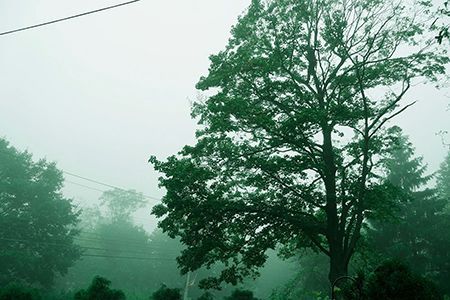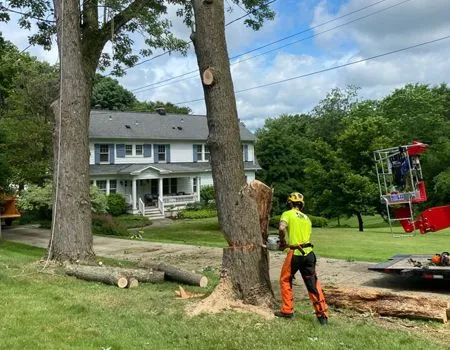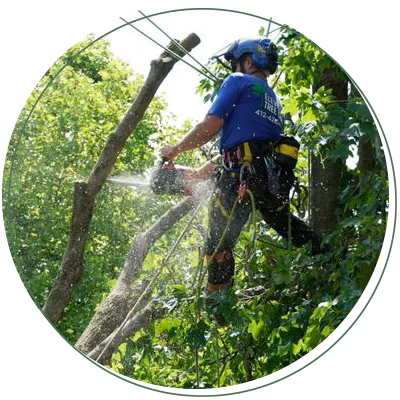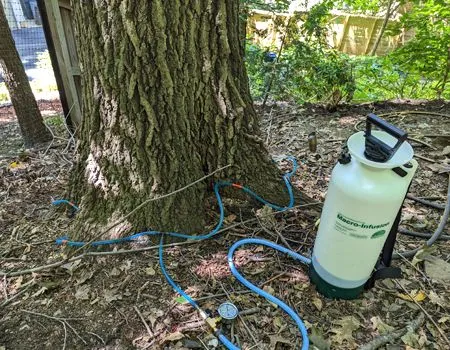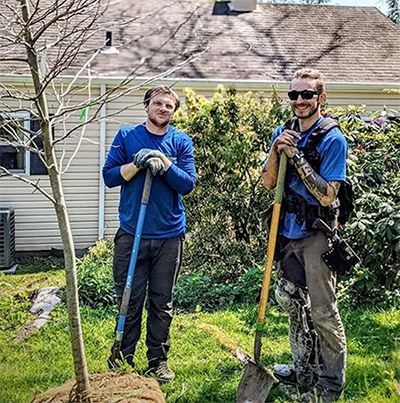Elevated Tree Care Blog
5 Signs that Your Big Tree Has Died & You Should Call the Arborist
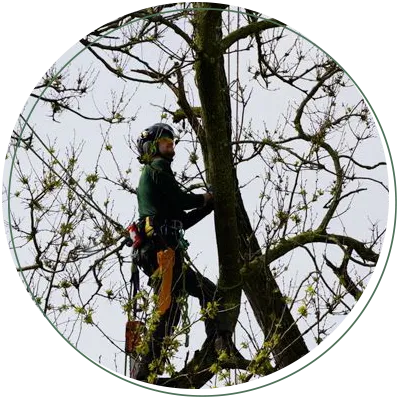
A large tree can be a beautiful part of your landscape, but when it dies, it can quickly become a safety hazard. Dead trees are more likely to fall during storms or shed heavy branches, potentially causing serious damage to property or injury to people. If you’re not sure whether your big tree is still alive or has died, it’s important to watch for warning signs. At Elevated Tree Care, we can identify dead trees and safely remove them as needed. Here are five signs that your large tree may be dead and it’s time to call a professional arborist.
No Leaf Growth in the Growing Season
One of the clearest signs of a dead tree is the complete absence of leaf growth during the growing season. If your tree remains bare in the spring and summer while others around it are full of healthy leaves, it may no longer be alive. While some tree species leaf out later than others, a tree that consistently fails to produce foliage when it should is likely in serious decline or already dead.
Large Sections of Bark Are Missing
If you notice large areas where bark has fallen off and isn’t being replaced, that’s a troubling sign. Dead trees often have loose, peeling, or missing bark, sometimes revealing dry wood underneath. This bark loss is often irreversible and is a strong indication that the tree has died.
Branches Snap Easily and Have No Green Inside
If you’re unsure whether a tree is dead, try removing a small branch. A live branch will be flexible and reveal green tissue inside when snapped. Dead branches, on the other hand, will be dry, brittle, and brownish all the way through. If many of the tree’s branches snap off easily and show no signs of life, it could mean the entire tree is dead or very close to it.
Fungus Growing at the Base
The presence of fungi growing around the base of the tree is often a sign of internal decay. These fungi feed on dead or dying wood, and their appearance can signal that the root system is rotting. When a tree’s roots are compromised, the entire tree becomes unstable and may pose a fall risk, especially in strong winds.
The Tree is Leaning or Has Cracks in the Trunk
Structural issues like a sudden lean or large vertical cracks in the trunk can indicate that the tree is no longer structurally sound. These signs can suggest internal damage or decay, both of which are often present in dead trees. A leaning tree, especially a large one, can be extremely dangerous and requires immediate professional attention.
Tree Removal in Pittsburgh, PA
When you need
tree removal in Pittsburgh and the surrounding area, contact Elevated Tree Care at
412.695.3545. Feel free to give us a call to request an arborist estimate in Pittsburgh!
